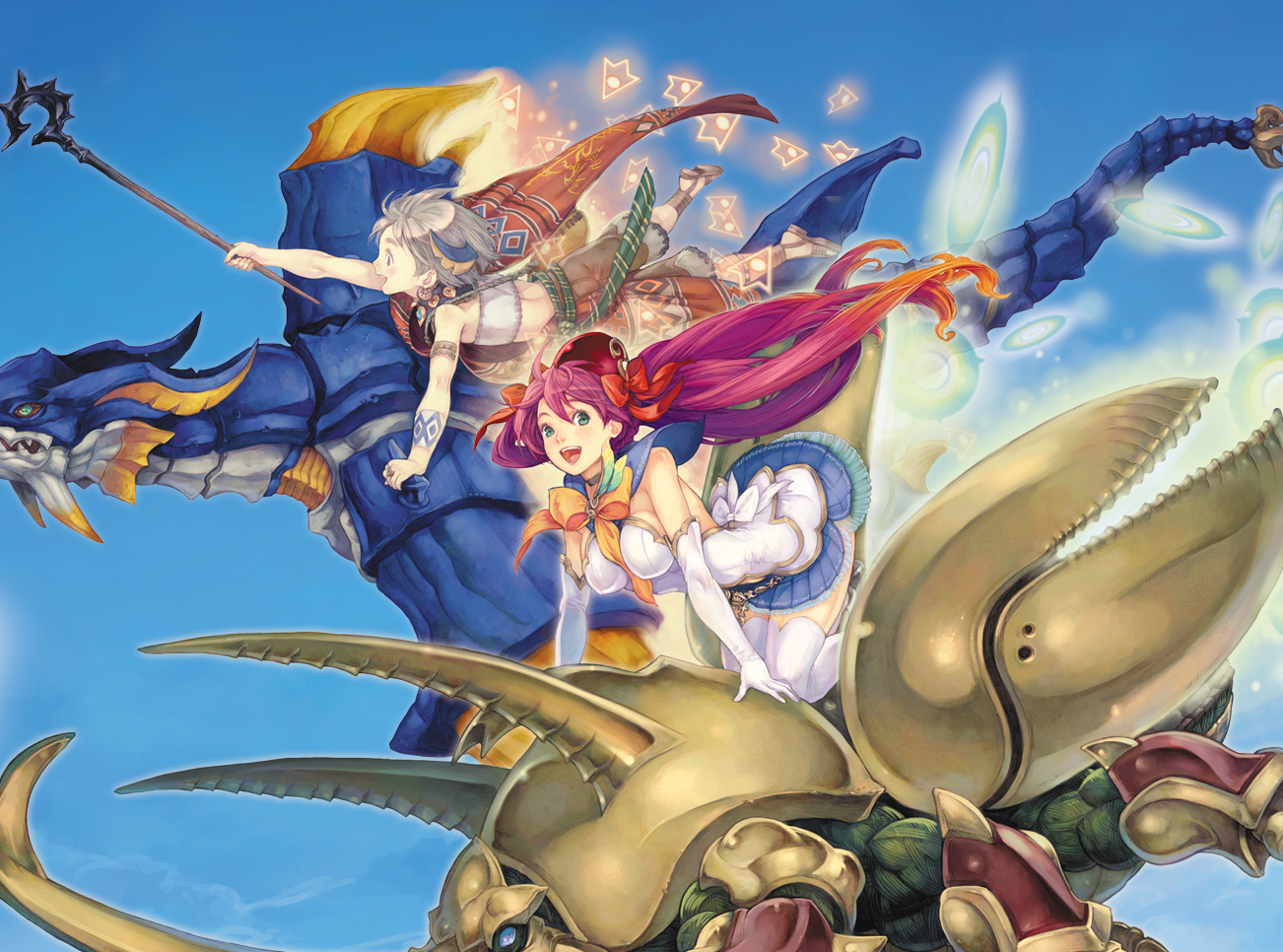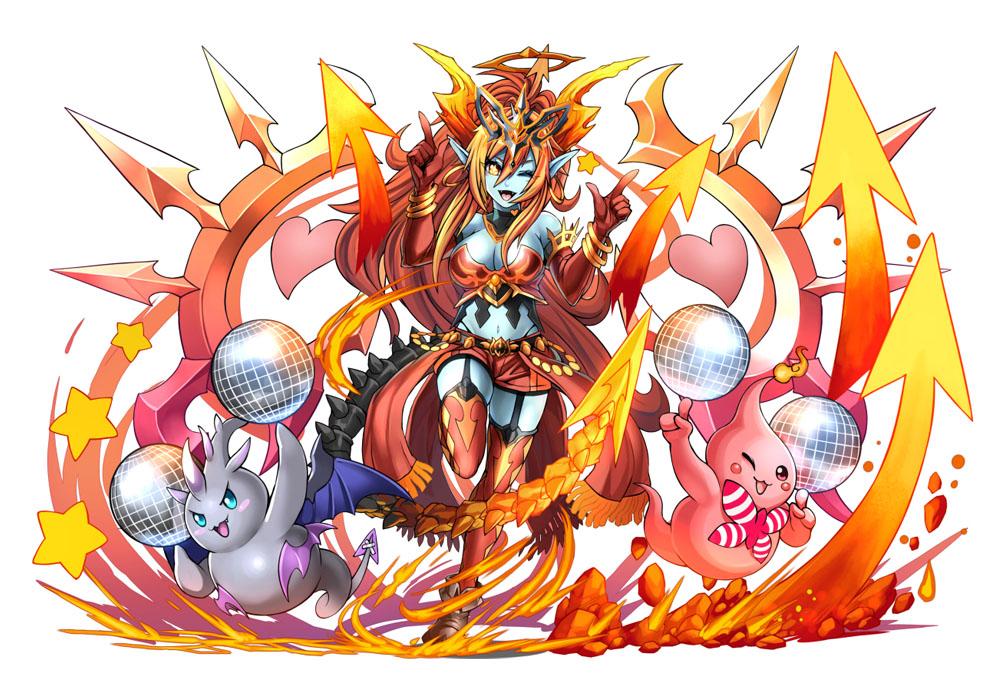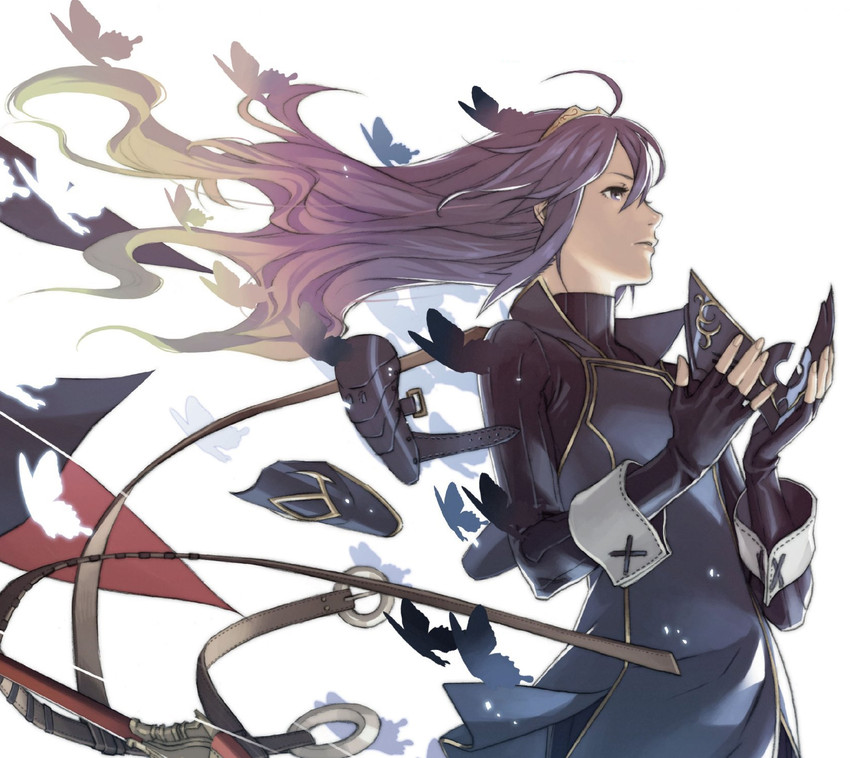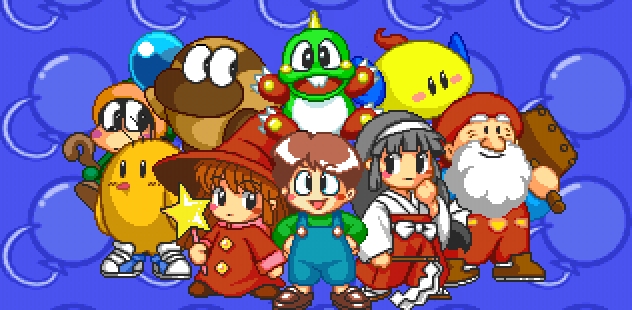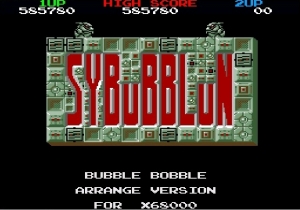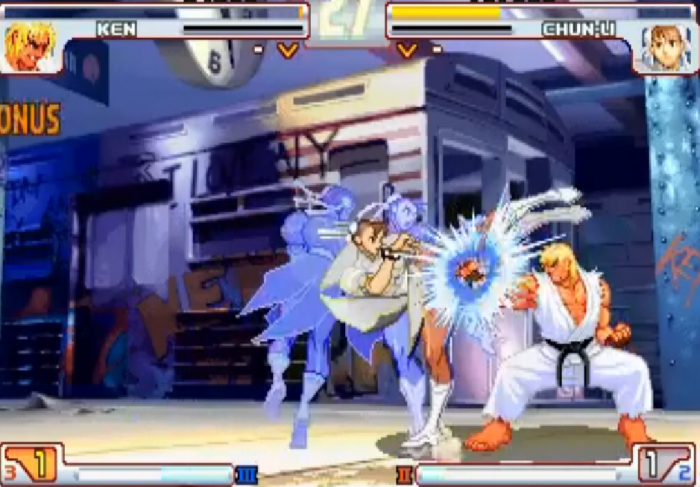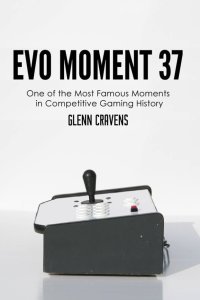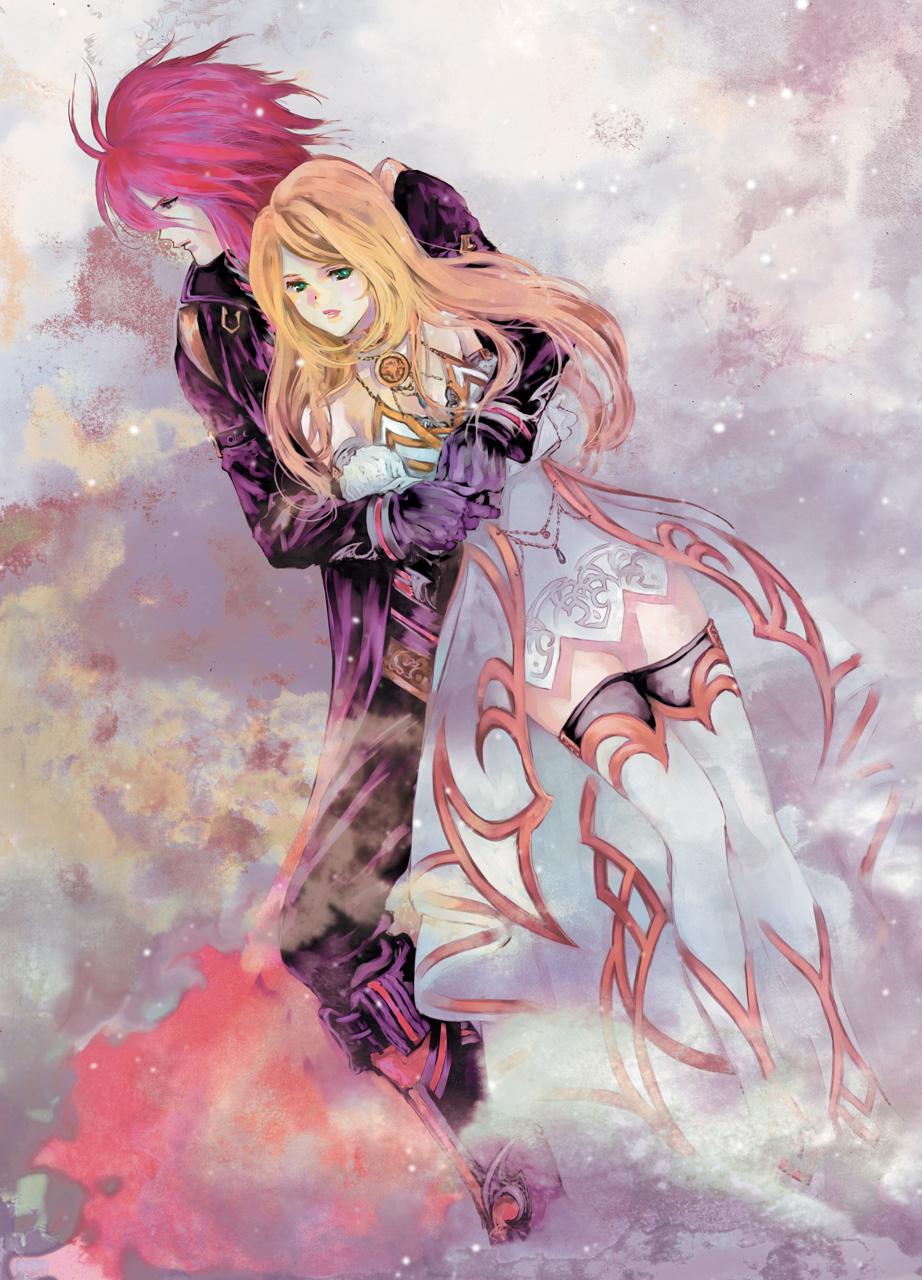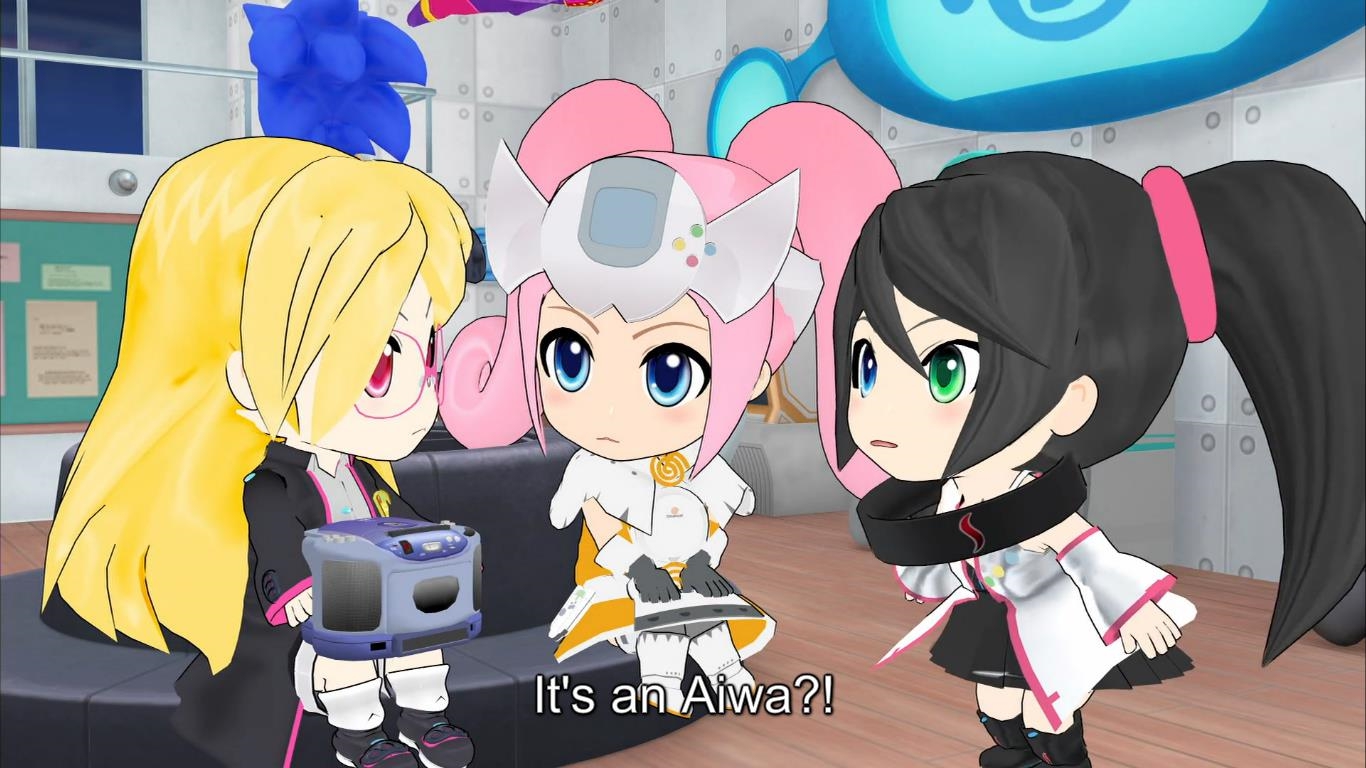One of the biggest frustrations of being a JRPG fan is the constant blanket dismissals of the genre from both players and the media. You’ll hear that JRPGs are juvenile, that the stories are garbage, that they’re filled with hackneyed character tropes and poorly written dialogue. It’s annoying because we know, deep down, that there are far too many JRPGs out there to which those complaints apply perfectly.
Yet the genre is brimming with unexplored potential. In fact, I’d argue that the format of the JRPG – a linear adventure punctuated with story scenes, exploration bits, and combat – is one of the best out there for telling fantastic stories in games. It allows us to engage with a large cast of characters, explore and understand the complexities of a world not our own, and take part directly in the physical and emotional struggles of the characters that populate these fantasy realms. The potential for so much awesome world-building, character development, and emotional depth is right there, and yet so often it’s squandered on yet another variation of The Continuing Adventures of Team Anime Archetypes.
That’s why games like OFF make me very happy, because they remind me that JRPG styled games can be more. So, so much more.

